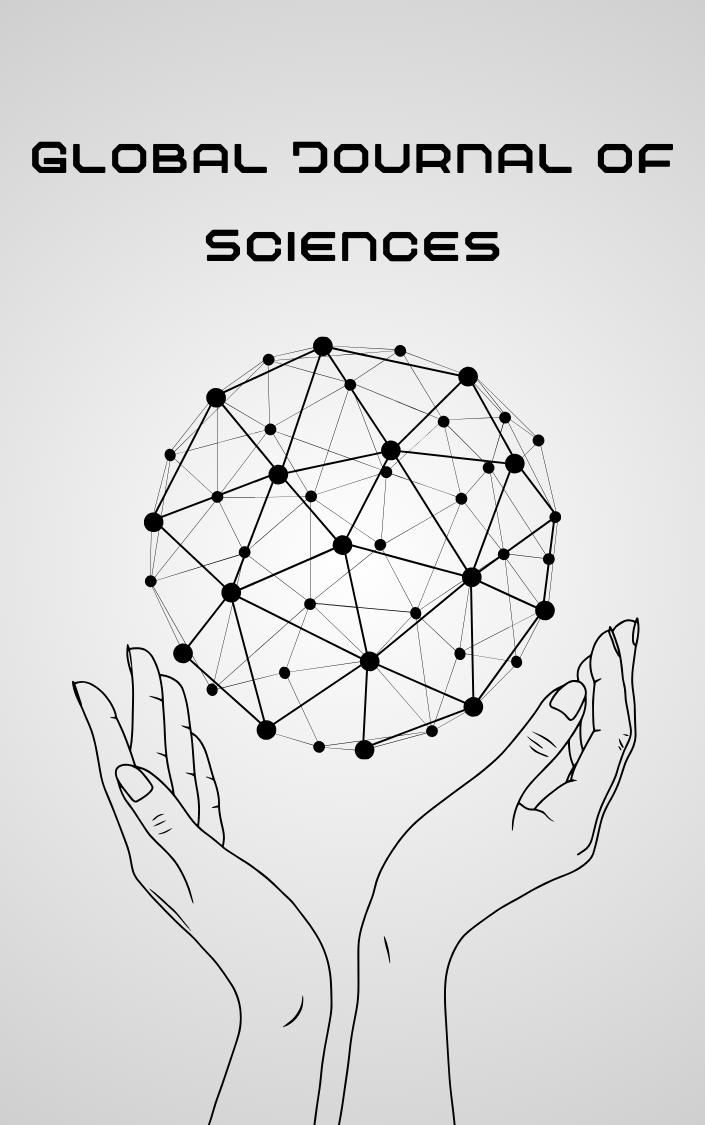The Logistics Factors that Affect the Academic Achievement of Elementary School Students in the Kingdom of Saudi Arabia (Applied Statistical Study)
DOI:
https://doi.org/10.48165/gjs.2025.2107Keywords:
Exploratory factor, analysis, Discriminant analysis Logistical factors, Academic achievementAbstract
This study aimed to examine the impact of logistical services on the academic achievement of primary school students using Exploratory Factor Analysis (EFA) and Stepwise Discriminant Analysis (DA). The EFA revealed five factors that explained 64.1% of the total variance: School Environment, Distance Between School and Home, Logistics Factors 1, Level of Education According to School Location, and Logistics Factors 2. These factors were extracted based on eigenvalues greater than 1 and were rotated using the Varimax method. Subsequently, four of these components were sequentially entered into the discriminant model through stepwise analysis: Level of Education According to School Location, Logistics Factors 1, Logistics Factors 2, and School Environment. Results indicated that Level of Education by Location was the most significant discriminator (Wilks’ Lambda = .338, F = 3420.828, p < .001), followed by logistical and environmental factors. The final model achieved a Wilks’ Lambda of .203. The standardized canonical discriminant function coefficients showed that the Level of Education According to School Location had the most decisive influence on the first discriminant function (1.055). As results indicate: • School location significantly impacts academic achievement, whether a school is located in an urban or rural area. • Improving logistical services, such as school transportation and delivering the textbook early, as the delay of these factors affects student achievement negatively. • Attention to the school environment, including lighting, ventilation, and recreational facilities, positively affects students' academic achievement. • The study recommends conducting future studies to investigate the remaining variables using alternative statistical methods.
References
Saudi Vision 2030. (2016). Strategic objectives and vision realization programs. https://vision2030.gov.sa/en/vision/themes
World Bank. (2018). The impact of school infrastructure on learning: A synthesis of the evidence. World Bank Publications.
OECD. (2024). Education at a glance 2024: OECD indicators. OECD Publishing.
Usman, I. (2020). The supply chain quality management in higher education: A case study in Indonesia. International Journal of Supply Chain Management, 9(2), 914–919.
Bonilla-Mejía, L., & Londoño-Ortega, E. (2021). Geographic isolation and learning in rural schools: Evidence from Colombia (Banrep Working Paper Series No. 1169). Banco de la República de Colombia.
Alrowaithy, H., Al Khayyat, S. L., & Alqarni, A. H. (2019). Exploratory factor analysis: Domestic violence on women in Saudi Arabia. IOSR Journal of Mathematics (IOSR-JM), 15(1), 33–40.
Qanawi, K. R., & Ali, M. A. (2021). Using factor analysis to specify the most important factors which affect academic achievement among secondary-level students: An applied study in the schools of Kenana Sugar Company. White Nile University Journal, 18, 57–81.
Maslow, A. H. (1943). A theory of human motivation. Psychological Review, 50(4), 370–396.
Bronfenbrenner, U. (1979). The ecology of human development: Experiments by nature and design. Harvard University Press.
Hair, J. F., Black, W. C., Babin, B. J., & Anderson, R. E. (2019). Multivariate data analysis (8th ed.). Cengage.
Tabachnick, B. G., & Fidell, L. S. (2013). Using multivariate statistics (6th ed.). Pearson.
Chua, Y. P. (2014). Statistik Penyelidikan Lanjutan: Ujian Regresi, Analisis Faktor dan analisis SEM. McGraw Hill (Malaysia).
Field, A. (2013). Discovering statistics using IBM SPSS statistics (4th ed.). SAGE.
Hutcheson, G. D., & Sofroniou, N. (1999). The multivariate social scientist: Introductory statistics using generalized linear models. SAGE Publications.
Boslaugh, S. (2007). Encyclopedia of epidemiology. SAGE Publications.
Cattell, R. B. (1966). The scree test for the number of factors. Multivariate Behavioral Research, 1(2), 245–276.
Osborne, J. W. (2015). What is rotating in exploratory factor analysis? Practical Assessment, Research & Evaluation, 20(2), 1–7.
Henson, R. K., & Osborne, J. W. (2005). Best practices in exploratory factor analysis: Four recommendations for getting the most from your analysis. Practical Assessment, Research & Evaluation, 10(7), 1–9.

